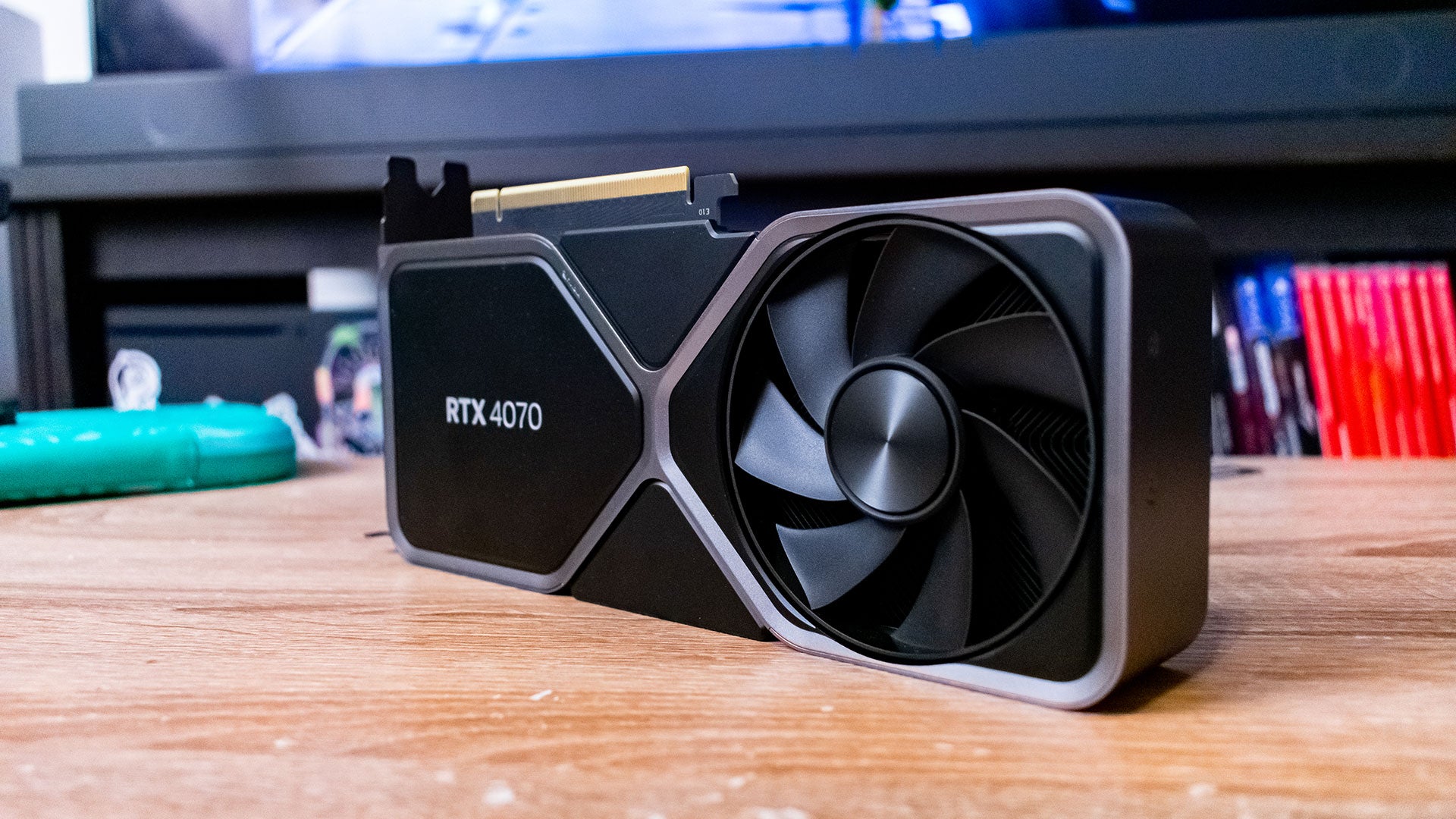

Articles
How to Tell Which Way a PC Fan Blows
Modified: March 1, 2024
Learn how to determine the direction in which your PC fan blows with these informative articles. Gain insight into proper airflow and optimize cooling capabilities.
(Many of the links in this article redirect to a specific reviewed product. Your purchase of these products through affiliate links helps to generate commission for Storables.com, at no extra cost. Learn more)
Introduction
PC fans are essential components of any computer system, as they play a crucial role in maintaining optimal temperature levels. These fans are responsible for circulating air and dissipating heat generated by the various hardware components. However, one common challenge faced by PC users is determining the direction in which a fan blows. This information is essential for ensuring proper airflow within the system and avoiding potential overheating issues.
In this article, we will explore different methods to tell which way a PC fan blows. We will discuss indicator arrows, labeling and branding, airflow direction techniques, and how to assess fan orientation. Additionally, we will learn how to verify airflow using a tissue test and explore complementary utilities and tools that can aid in this process.
By the end of this article, you will have a clear understanding of how to determine the airflow direction of a PC fan and ensure optimal cooling for your system.
Key Takeaways:
- Determining the airflow direction of a PC fan is crucial for maintaining optimal cooling. Indicator arrows, labeling, visual observation, and the tissue test are effective methods to ensure correct fan installation and prevent potential overheating issues.
- Complementary utilities and tools such as fan speed monitoring programs, temperature monitoring programs, and case airflow guides provide valuable assistance in determining fan airflow direction and optimizing cooling efficiency. By utilizing these resources, PC users can make informed decisions about fan installation and positioning, ultimately contributing to enhanced system cooling and the longevity of their computer systems.
Read more: Which Way Should Fan Blow In Summer
Understanding PC Fans
Before we dive into determining the airflow direction of PC fans, it’s essential to have a basic understanding of how these fans operate. PC fans are typically designed with a set of blades that rotate when powered on. As the blades spin, they create airflow, which helps to cool down the internal components of the computer.
PC fans come in various sizes and designs, including case fans, CPU fans, and GPU fans. Each type of fan serves a specific purpose and is strategically placed within the computer to ensure efficient cooling. While some fans draw cool air into the system, others expel hot air out of it. Understanding the purpose of each fan is vital in determining its airflow direction.
It’s worth noting that PC fans are generally labeled with specifications such as voltage, current, and power consumption. These labels also provide valuable information about the fan’s direction of airflow. However, they may not always be easily visible or clear to interpret, leading us to explore other methods of determining airflow direction.
Indicator Arrows
One common and straightforward method of identifying the direction of airflow in a PC fan is through the use of indicator arrows. Some fans are equipped with arrows printed on the frame, indicating the direction in which the air is being pushed or pulled. These arrows are usually embossed or marked on one side of the fan and can easily be spotted upon visual inspection.
The indicator arrows on PC fans are typically located near the hub or center of the fan. They can point in one of two directions: inward or outward. When the arrow points towards the interior of the fan, it indicates that the fan is pulling air into the system. Conversely, when the arrow points away from the center, it signifies that the fan is pushing air out of the system.
Indicator arrows provide a quick and reliable way to determine airflow direction, making it easy for users to install or position the fan correctly. However, it’s important to note that not all fans come with indicator arrows. In cases where no arrows are present, or the arrows have faded over time, we can explore alternative methods to define the airflow direction.
Labeling and Branding
In addition to indicator arrows, another way to determine the airflow direction of a PC fan is by examining the labeling and branding on the fan itself. Manufacturers often include specific information about the fan’s direction on the label or branding of the product.
When inspecting the fan for labeling or branding, look for keywords such as “in,” “out,” “intake,” or “exhaust.” These terms provide clear indications of the airflow direction. For example, if the label states “intake,” it means that the fan draws air into the system. On the other hand, if it says “exhaust,” it signifies that the fan pushes air out of the system.
It’s important to note that not all fans have explicit labeling regarding airflow direction. In such cases, you may need to refer to the fan’s specifications or documentation provided by the manufacturer. Online resources, forums, and user guides can also be helpful in determining the airflow direction of specific fan models.
If the labeling or branding is not visible or has worn off over time, we can explore other techniques to assess the direction of airflow in PC fans.
Airflow Direction Techniques
When indicator arrows and label information are not available or visible, there are some techniques you can employ to determine the airflow direction of a PC fan. These techniques rely on visual cues and airflow patterns.
One technique involves observing the shape and design of the fan blades. Most fans are designed with curved blades that are angled in a specific direction. By examining the curvature and angle of the blades, you can often deduce the direction in which the air is being pushed or pulled. Blades with a more curved shape generally indicate that the fan is pushing air out, while blades with a flatter shape suggest that the fan is pulling air in.
Another technique is to look for indicators on the fan’s motor housing. Some fans have small arrows or markings on the motor housing that can provide clues about the airflow direction. These indicators are often molded or engraved into the housing and can be found near the fan’s power connector.
If you’re still unsure about the fan’s airflow direction, you can also try to determine the airflow by examining the location of the fan within your computer case. In most cases, intake fans are positioned at the front or bottom of the case, drawing cool air into the system. Exhaust fans, on the other hand, are typically located at the rear or top of the case, expelling hot air out of the system. This placement of fans correlates with the intended direction of airflow.
By utilizing these techniques, you can make an educated guess about the airflow direction of your PC fan. However, for a more accurate determination, it’s always advisable to cross-reference your findings with other methods, such as the tissue test or complementary utilities and tools.
Look for the small arrows on the fan’s frame or the sticker indicating the direction of airflow. If there are no arrows, the side with the motor is usually the intake side.
Read more: How To Tell Pc Fan Direction
Assessing Fan Orientation
Once you have an idea of the airflow direction based on the techniques mentioned earlier, it’s important to verify the orientation of the fan for accurate installation. One way to assess the fan’s orientation is by examining the position of the fan blades in relation to the frame.
If the blades are positioned closer to the frame on one side, it indicates that the fan is pushing air away from that side. Conversely, if the blades are closer to the frame on the opposite side, it signifies that the fan is pulling air towards that side. This visual observation can provide confirmation of the airflow direction, ensuring that the fan is positioned correctly for optimal cooling efficiency.
Another method to assess fan orientation is by examining the fan motor and its wiring. Fan motors typically have two wires extending from them, usually color-coded as red and black. In most cases, the red wire is connected to the positive terminal and the black wire to the negative terminal. By understanding the polarity of the wiring, you can determine the direction in which the fan spins and subsequently the airflow direction.
It’s worth noting that these methods should be used as secondary confirmation tools to support the findings from the earlier techniques. When in doubt, refer to the manufacturer’s documentation or consult online resources and user forums for specific information about your fan model.
By accurately assessing the fan’s orientation, you can ensure that it is installed correctly and functioning optimally to provide efficient airflow and cooling for your PC system.
Verifying Airflow with Tissue Test
If you want to have a definitive way to determine the airflow direction of a PC fan, you can perform a simple tissue test. This test involves using a small tissue or piece of paper to observe how the airflow affects it when placed in front of the fan.
Start by turning on your computer and letting the fan run for a moment to generate airflow. Hold the tissue or paper close to the fan, but not too close to interfere with the rotation of the blades. Observe the movement of the tissue as the fan blows air towards it.
If the tissue is blown away from the fan, it indicates that the fan is drawing air towards it, thus functioning as an intake fan. On the other hand, if the tissue is sucked towards the fan, it signifies that the fan is pushing air away from it, functioning as an exhaust fan.
The tissue test provides a practical and visual way to confirm the airflow direction of a PC fan. It is particularly useful in situations where indicator arrows, label information, or other techniques are inconclusive or unavailable. Additionally, this test can be performed quickly and without the need for specialized tools.
However, it’s important to exercise caution and ensure the tissue or paper does not get too close to the fan blades to avoid potential damage or interference with the fan’s operation. Always practice safety when working with your PC system.
By utilizing the tissue test, you can confidently determine the airflow direction of your PC fan and ensure proper installation and cooling within your computer system.
Complementary Utilities and Tools
In addition to the techniques mentioned earlier, there are several complementary utilities and tools that can assist in determining the airflow direction of a PC fan.
One such tool is a fan speed monitoring program. These programs provide real-time information about the speed of your PC fans. By monitoring the speed, you can deduce the direction of airflow. For example, if the fan speed increases when the CPU or GPU gets hot, it indicates that the fan is functioning as an exhaust fan, expelling hot air out of the system.
Another useful utility is a temperature monitoring program. These programs display the temperature readings of various hardware components of your computer, including the CPU and GPU. By observing the temperature trends, you can identify the airflow direction. If the temperature decreases when the fan is running, it indicates an intake fan, as it is drawing in cool air and reducing the component temperatures.
Additionally, some PC cases come with built-in airflow guides or airflow diagrams. These guides illustrate the recommended airflow patterns within the case, helping you correctly position the fans for optimal cooling. They provide visual cues and guidelines for arranging intake and exhaust fans to ensure efficient airflow and temperature management within the system.
Furthermore, there are online resources and software applications available that provide detailed specifications and documentation for various PC fan models. These resources can help you identify specific fan models and access relevant information, including airflow direction and recommended installation methods.
By utilizing these complementary utilities and tools, you can enhance your understanding of PC fan airflow and make informed decisions regarding fan installation, placement, and optimization for better system cooling.
Conclusion
Identifying the airflow direction of a PC fan is crucial for maintaining optimal cooling and preventing potential overheating issues in your computer system. While indicator arrows, labeling, and branding provide quick and reliable methods for determining airflow, other techniques such as assessing fan orientation and verifying with a tissue test can also be employed.
It’s important to approach fan orientation with a combination of visual observation, understanding of fan design, and utilization of available resources such as manufacturer documentation, online forums, and user guides. By cross-referencing multiple methods, you can ensure the accuracy of your findings and make informed decisions about fan installation and positioning.
Furthermore, complementary utilities and tools like fan speed monitoring programs, temperature monitoring programs, and case airflow guides can provide valuable assistance in determining fan airflow direction and optimizing cooling efficiency. These tools provide real-time information, visual guidance, and access to detailed specifications for specific fan models.
In conclusion, by using a combination of techniques, tools, and resources, you can confidently determine the airflow direction of PC fans. This knowledge empowers you to make informed decisions regarding fan installation, placement, and optimization, ultimately contributing to enhanced system cooling and the longevity of your computer system.
Frequently Asked Questions about How To Tell Which Way A PC Fan Blows
Was this page helpful?
At Storables.com, we guarantee accurate and reliable information. Our content, validated by Expert Board Contributors, is crafted following stringent Editorial Policies. We're committed to providing you with well-researched, expert-backed insights for all your informational needs.

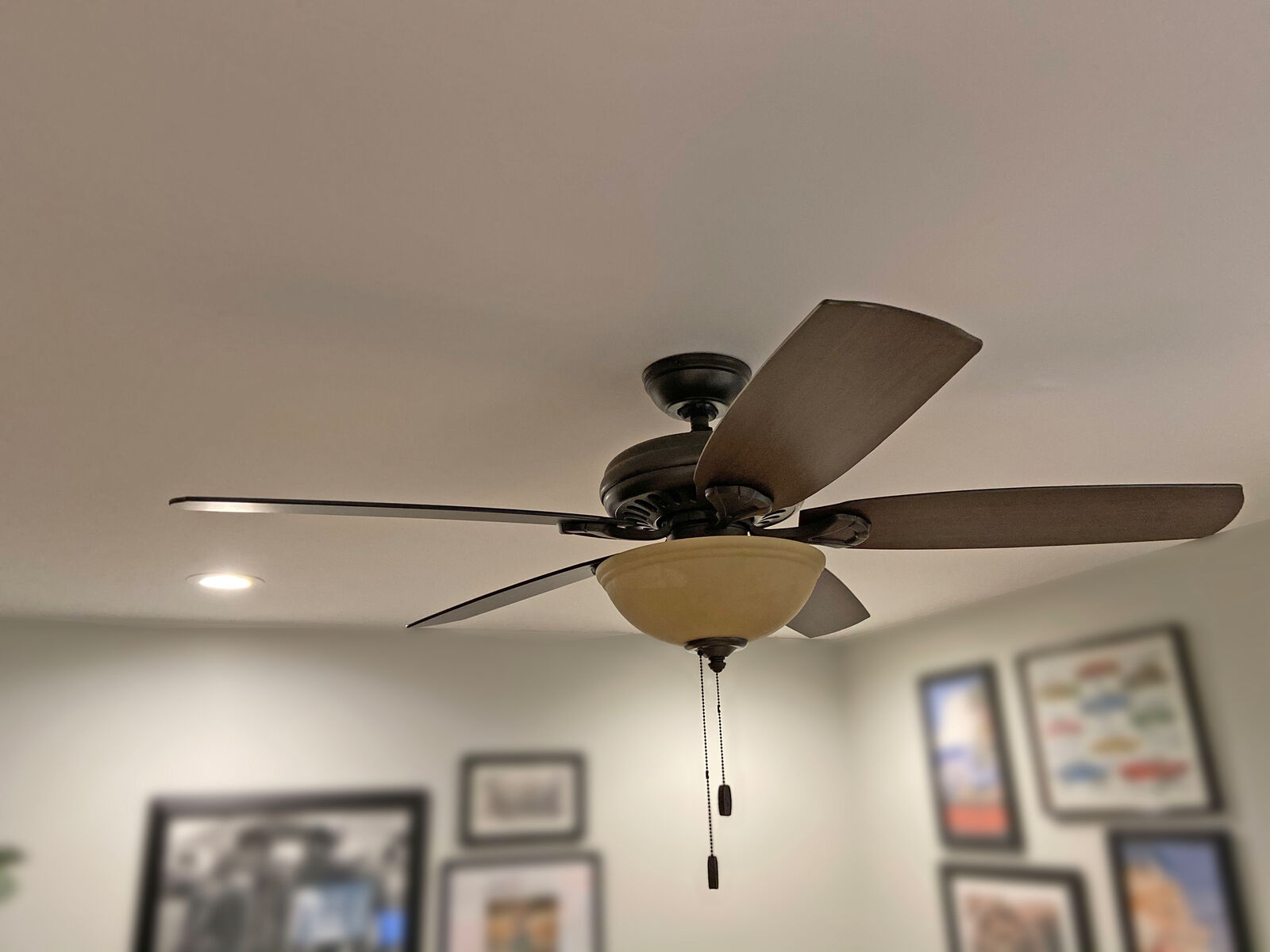

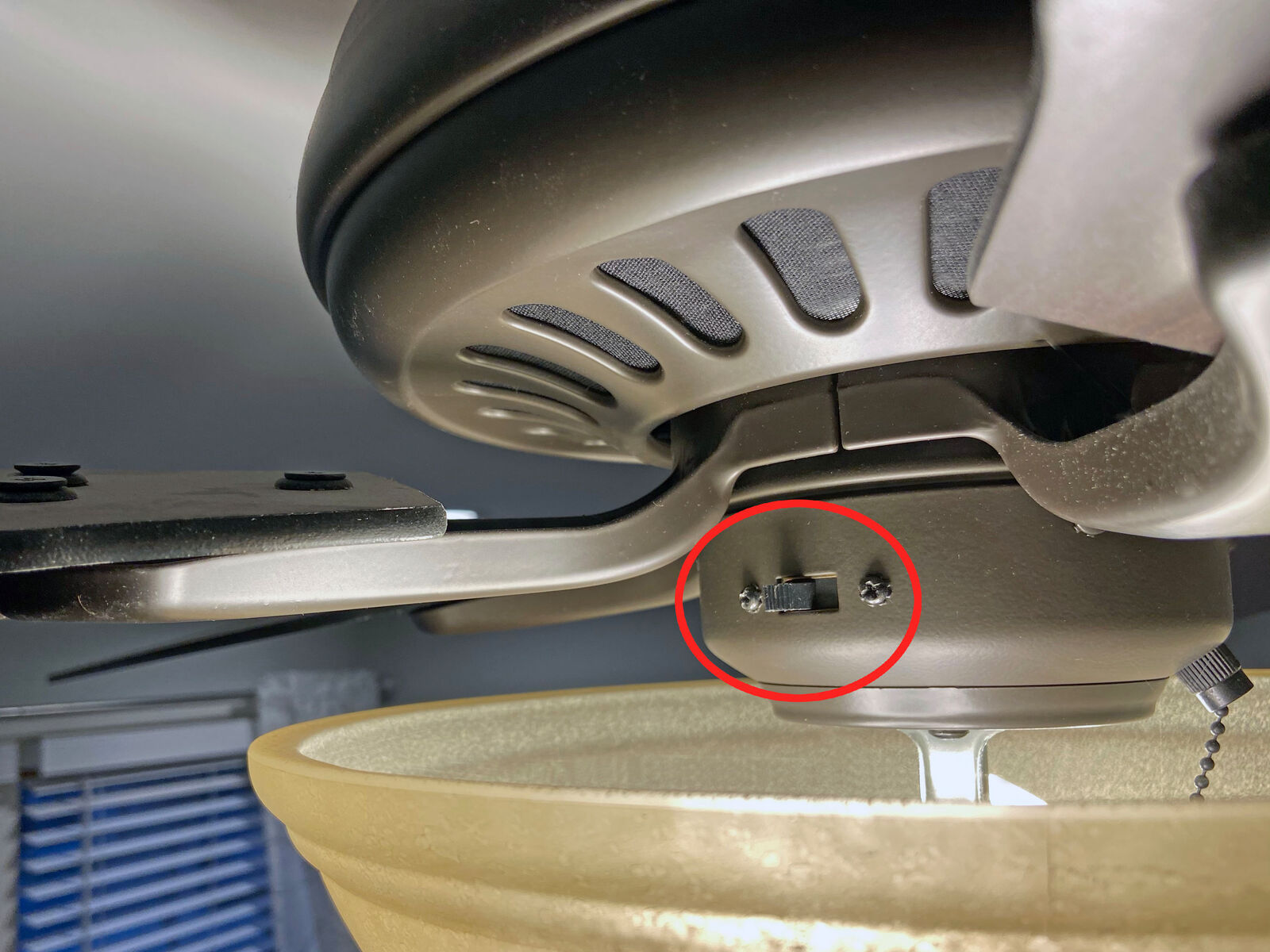

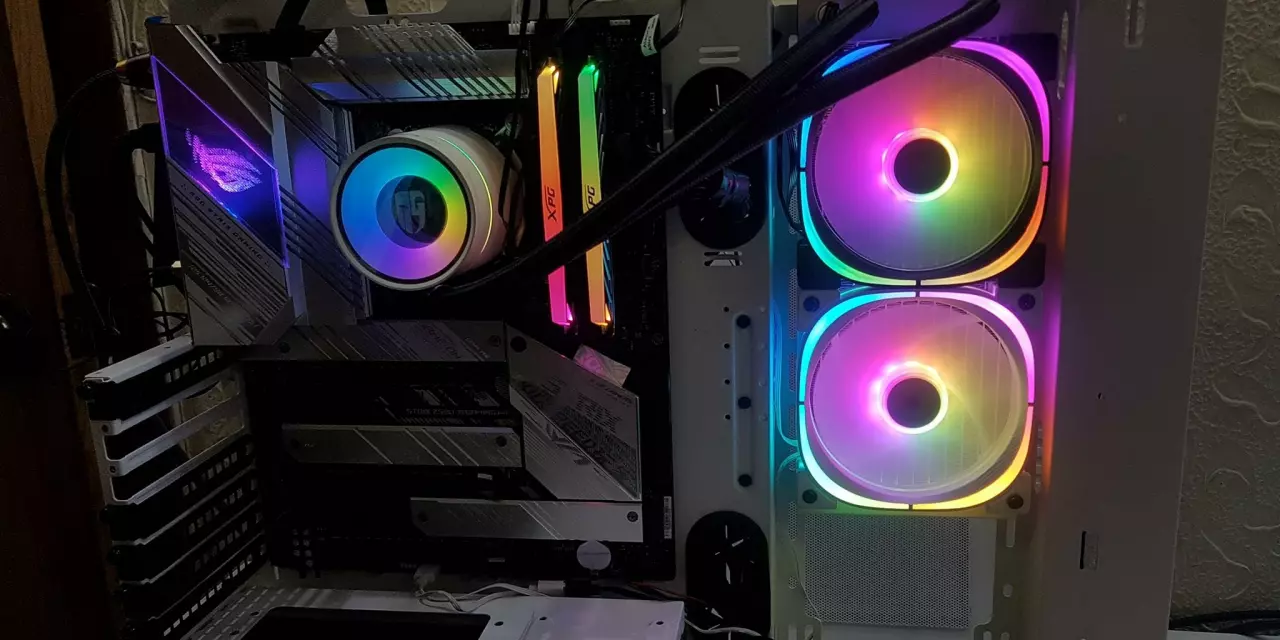
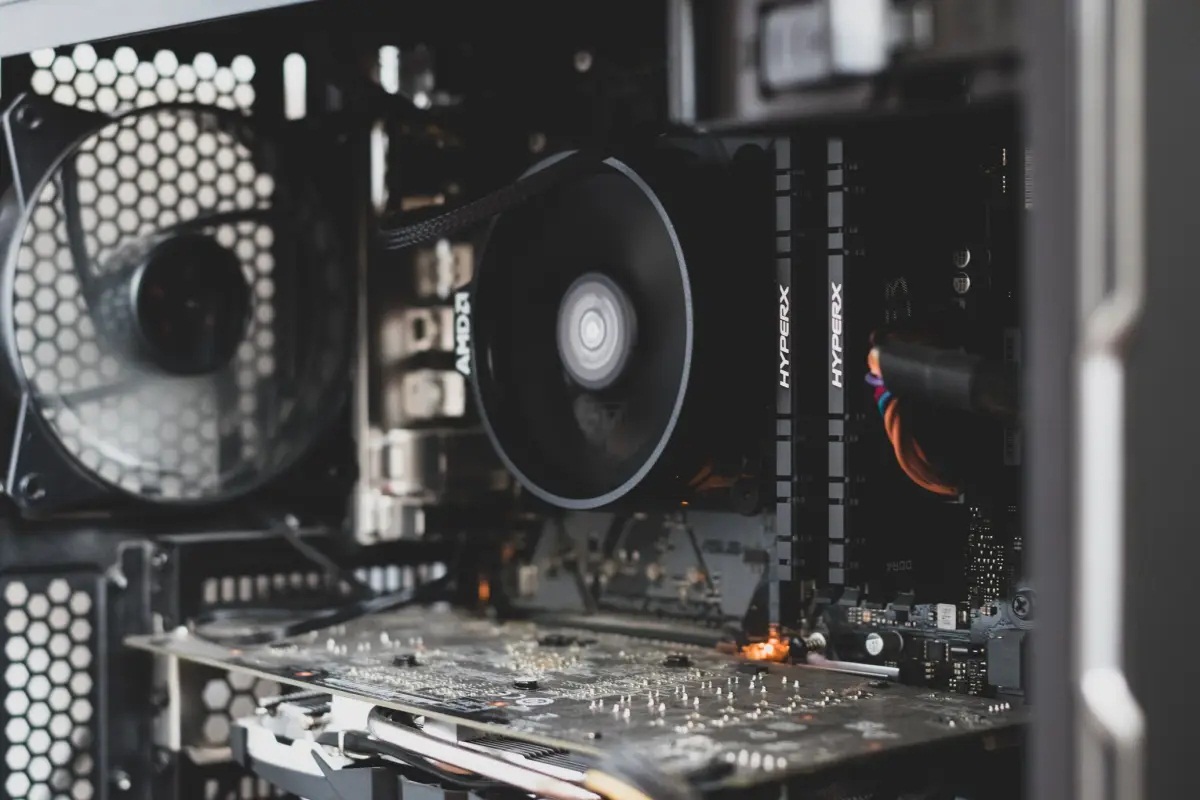
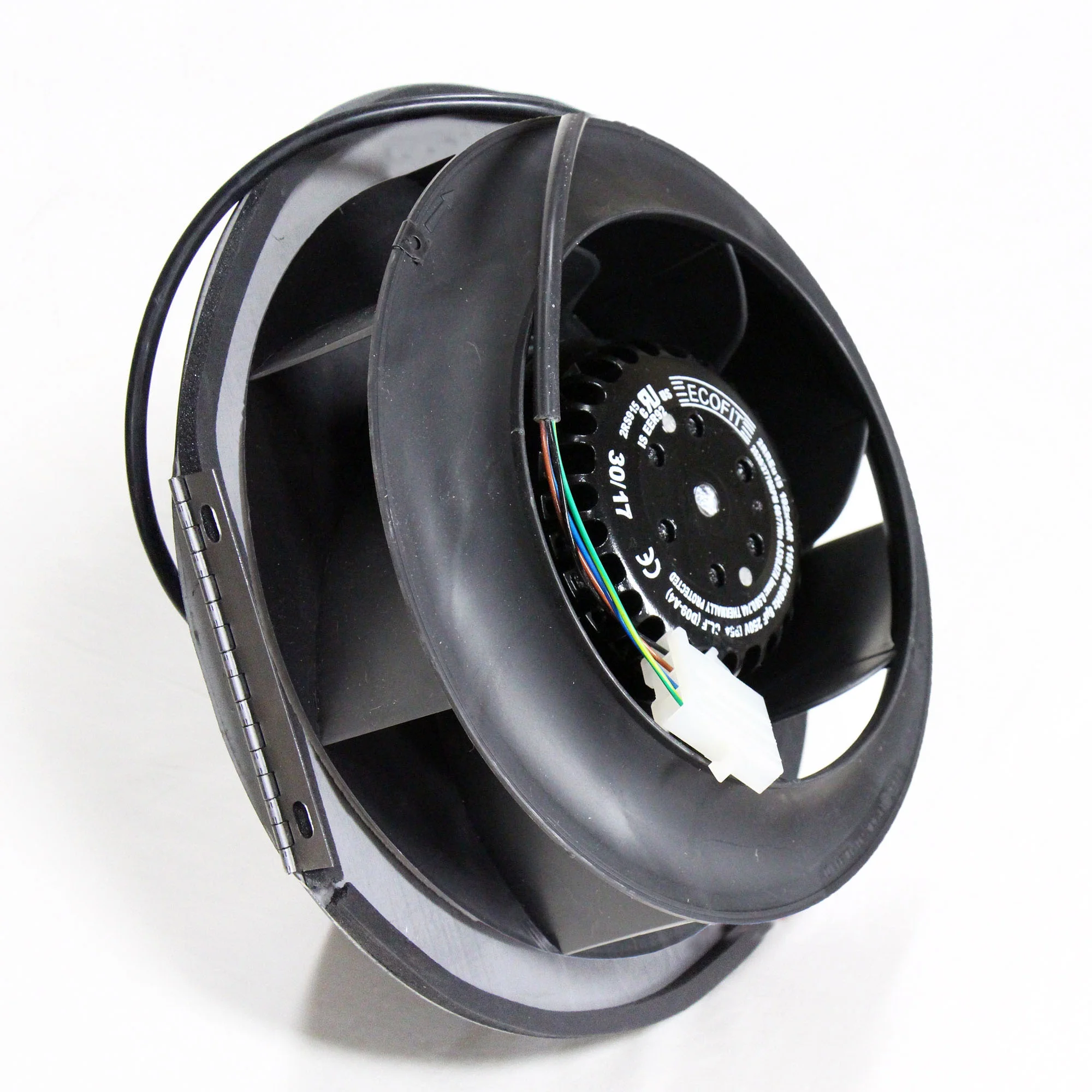


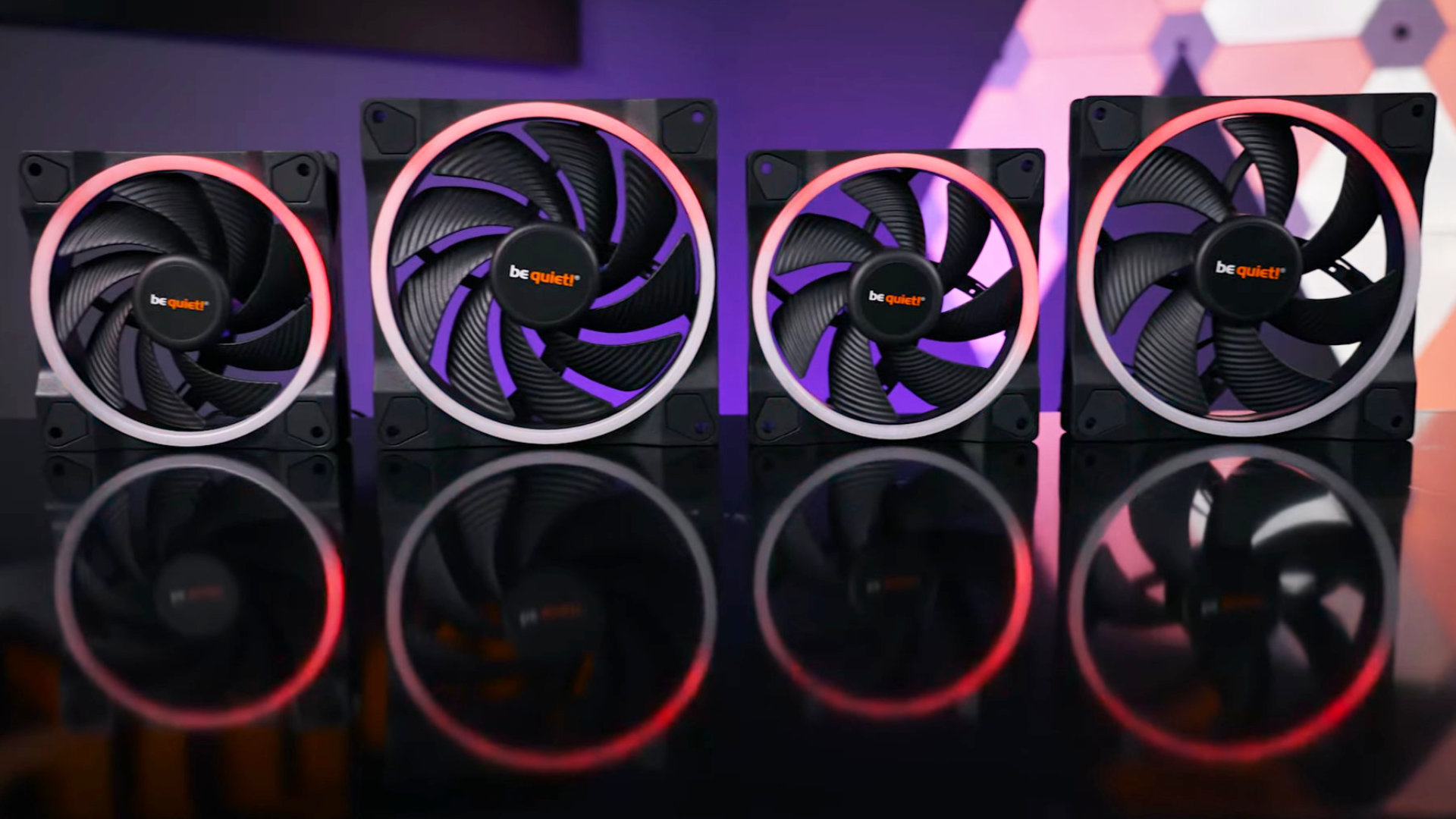
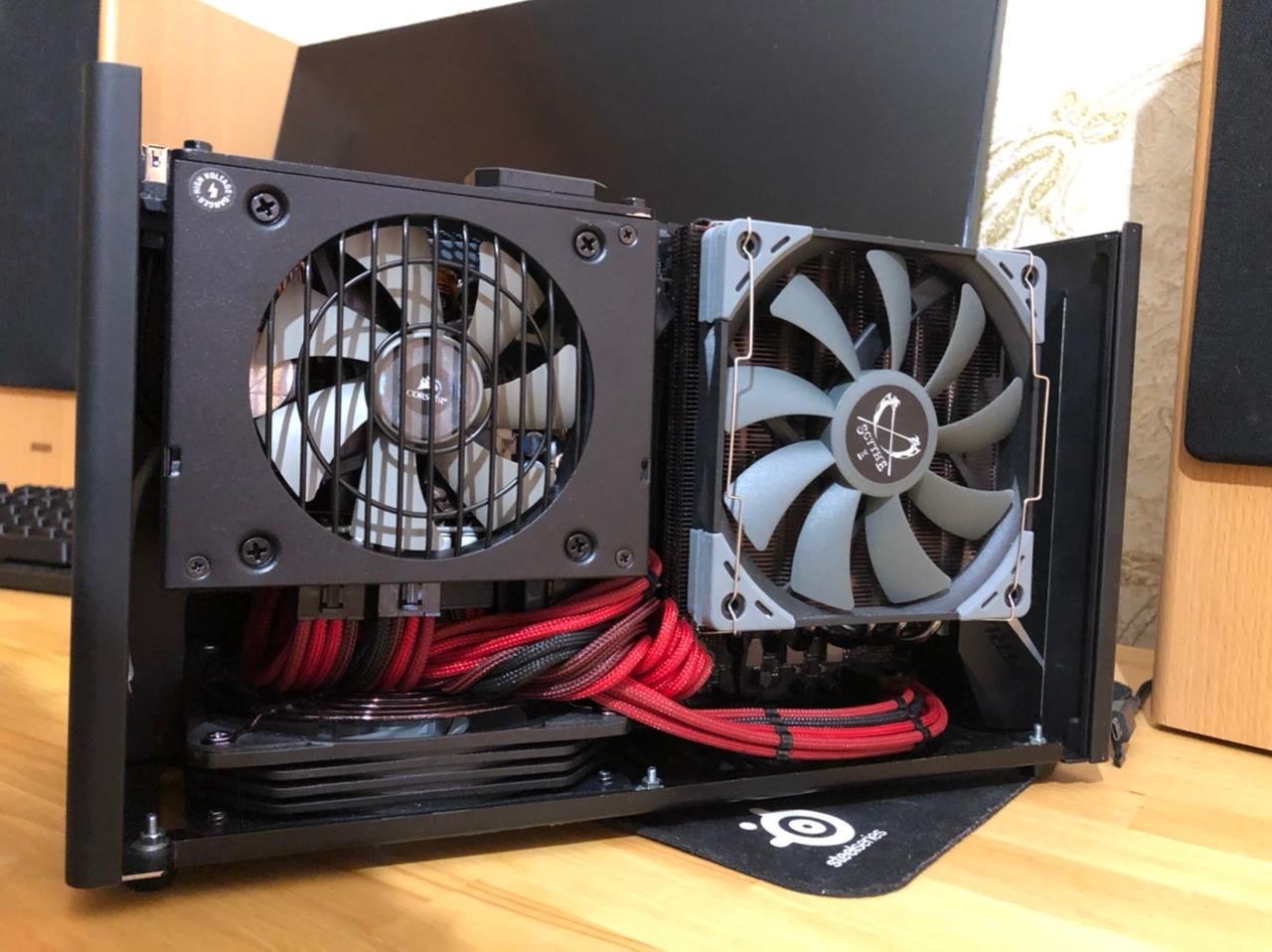
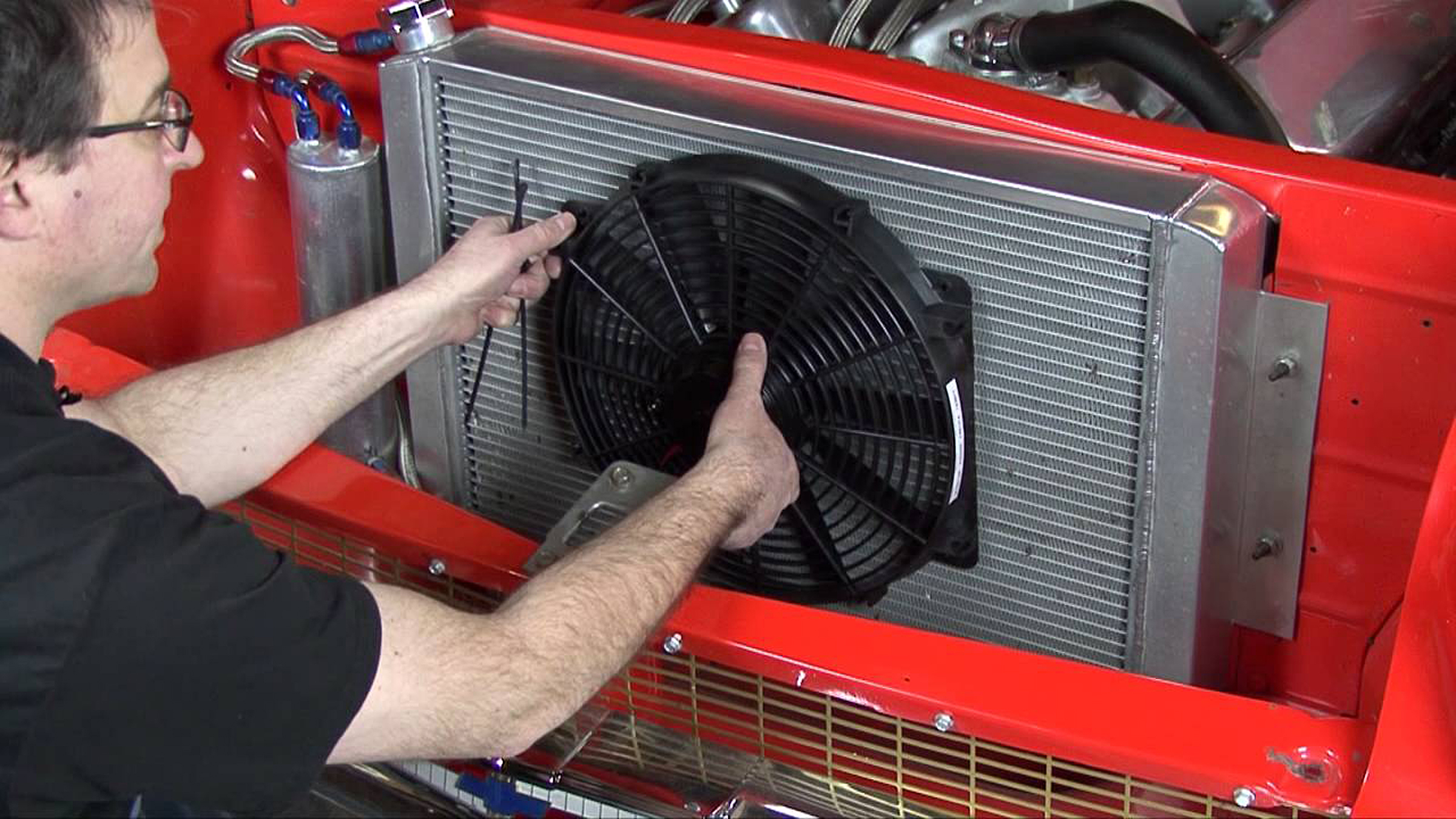
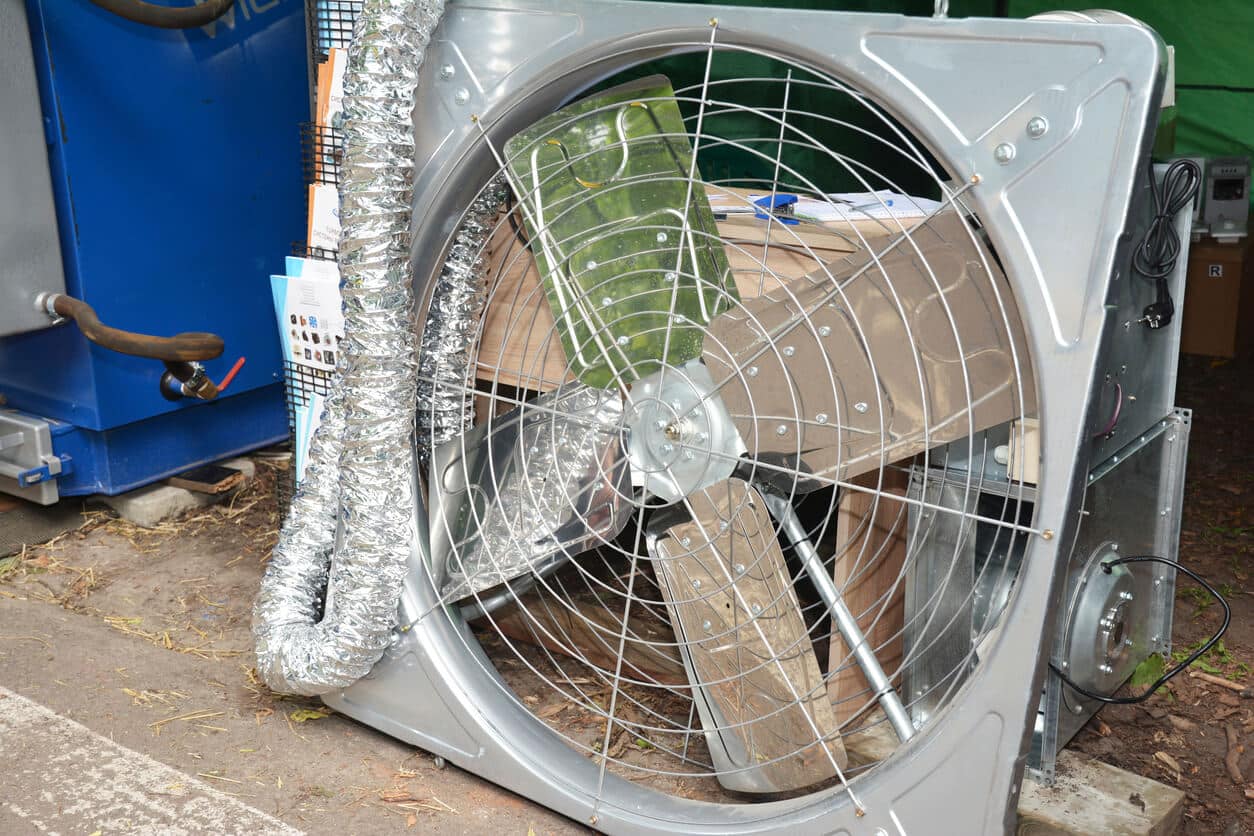

0 thoughts on “How to Tell Which Way a PC Fan Blows”